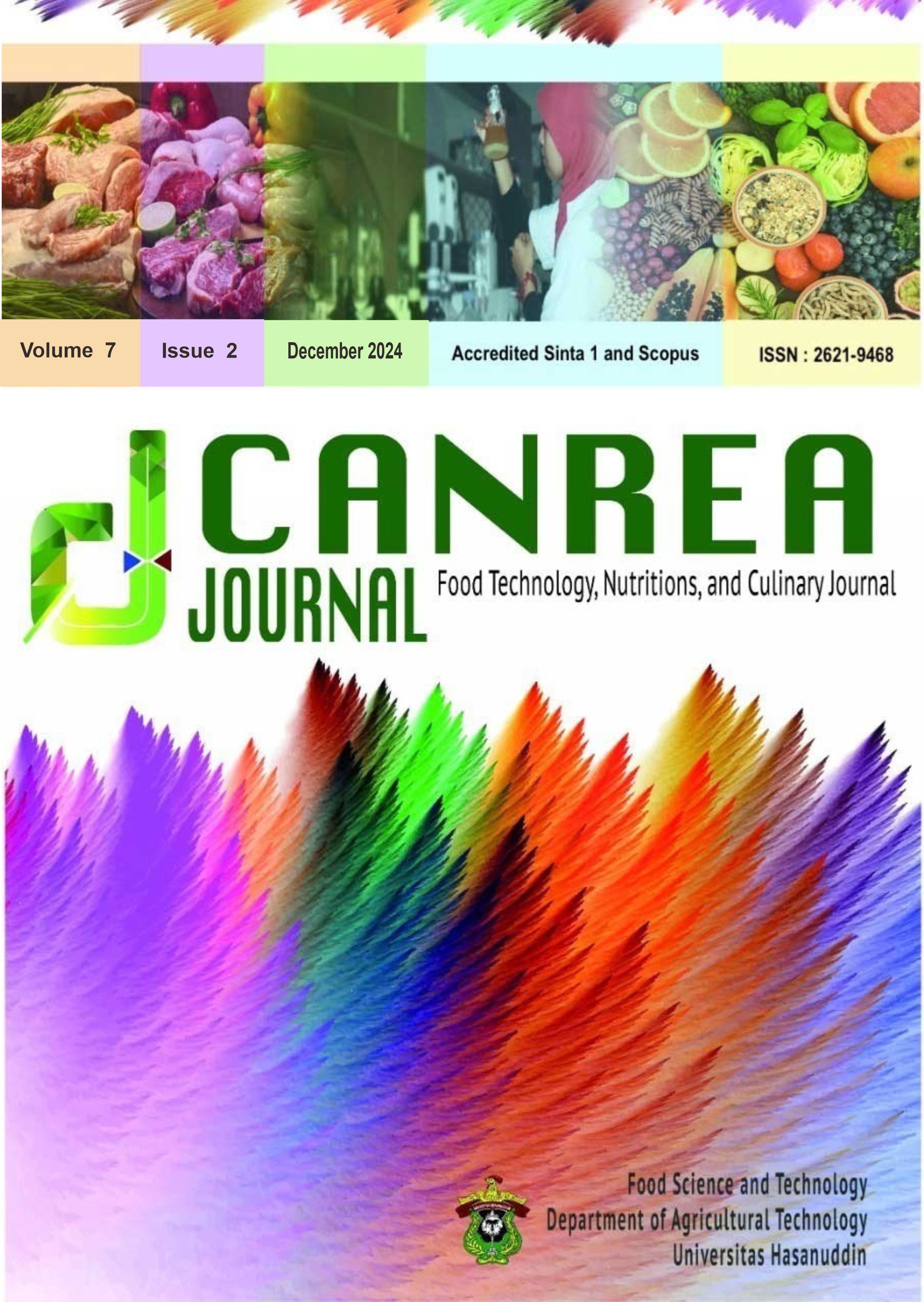Abstract
Banana (Musa acuminata x balbisiana cv. Awak) contains minerals, vitamins, fiber, proteins, carbohydrates, and other vital nutrients. Unfortunately, the banana pseudostem are left as a waste after harvesting. It is rationale to process banana pseudostem into useful product such as functional food ingredients for the application of food industry. The present study aimed to determine the functional properties of resistant starch (type III) produced from banana pseudostem as well as to observe the morphology of resistant starch produced. The native starch from banana pseudostem was isolated and processed into resistant starch (type III) by autoclaving process. The characterization of resistant starch of banana pseudostem (RSBP) was compared with native banana starch and commercial starch (i.e., corn and potato starches) in terms of functional group, crystalline structure, paste clarity, pH, freeze thaw stability, particle size distribution, and morphology. The results showed that the hydroxy, alkene, carbonyl, and alkane groups were found presence in all the evaluated starches. However, the sulphate group was only existed in RSBP. Moreover, RSBP obtained a B-type crystalline structure. Native starch of banana pseudostem exhibited a smooth surface devoid of dents with a mixture of irregular granule shapes of oval, spheroid, and elongated granule shape. All the evaluated starches were categorized as acidic food ingredient. Potato starch exhibited the highest value for paste clarity and particle size distribution. RSBP had significant higher freeze thaw stability than other starches. Banana pseudostem can be considered a feasible low-cost raw material for production of resistant starch (type III) then, a suitable functional food can be developed, depending on the desired end-product quality.

This work is licensed under a Creative Commons Attribution 4.0 International License.
Copyright (c) 2024 Canrea Journal: Food Technology, Nutritions, and Culinary Journal

